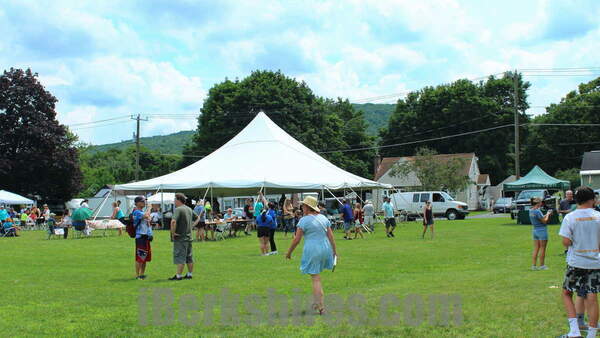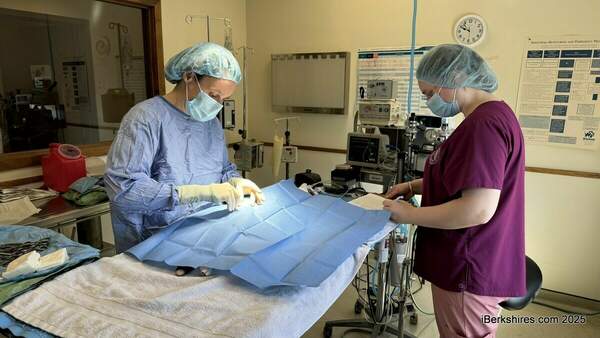Zebra Mussels Detected in Pontoosuc
PITTSFIELD, Mass. — The city can't catch a break with zebra mussels over the last year. Still, officials hope the problem can be nipped in the bud.
On Friday, it was announced that eDNA of the invasive species was found in Pontoosuc Lake during regular monitoring conducted by the Department of Conservation and Recreation. At the same time, Onota Lake is undergoing a targeted preventive treatment for a pioneer zebra mussel infestation.
The public is asked to remove seasonal docks, mornings, and buoys from Pontoosuc Lake, inspect and wash boating or water equipment without watershed going into the water body or storm sewer, and dry boats and trailers in the sun for five days before launching into another waterbody.
"This detection only impacts boating operations at the lake and has no impact to other recreational uses of the lake," the city specified in a press release.
Zebra mussel mitigation efforts began in 2009 when the invasive species was found in Laurel Lake in Lee. They are invasive freshwater mollusks that present a variety of ecological, recreational, and economic concerns.
The city was in prevention-of-invasion mode until eDNa was detected in Onota Lake last fall.
With help from the state and the Lake Onota Preservation Association, there was regular sampling to confirm the existence or nonexistence of the invasive species to determine the path forward. In April, the Conservation Commission gave them the go-ahead to use EarthTec QZ within a specified treatment area but that will not be needed.
Park, Open Space, and Natural Resource Program Manager James McGrath reported that divers found a zebra mussel attached to the fishing pier on Onota Lake in August. Testing continues to come up negative but the Con Com permit for EarthTec QZ was utilized for about an acre around the boat ramp as a preventative measure.
The first treatment occurred two weeks ago and there will be two subsequent applications in October and November. The detection has not migrated out of the small area and the city is glad to have caught it early in the game.
Things were looking up before the zebra mussel was found. In June, the September detection was attributed to the shell of a dead zebra mussel that likely came through on a boat and Onota Lake was not believed to have an infestation.
McGrath is troubled by the detections in both lakes, as the city has been working for about 15 years to prevent this situation, but remains hopeful that the implemented measures will work.
"We're sort of using everything in our toolbox to try to address what we think is a pioneer infestation, meaning it's small and isolated and it gives us the ability to attack it," he said.
The same procedure will be followed for Pontoosuc Lake, beginning with additional eDNA testing, divers that will locate and remove any zebra mussels found, and a possible future permit application for the use of EarthTec QZ in the spring.
Because the lake is shared with Lanesborough, there will need to be coordination with the town. McGrath reported that the Friends of Pontoosuc Lake Association will also be involved, reporting "We all have strong alignment and have for years."
Pontoosuc Lake is subject to a slate of improvements to the North and South side of the park. The 23-acre parcel on Hancock Road, or the south side, will be focused on first. This area is being targeted for passive recreation, with the north side encouraged for swimming to protect resource areas and reduce conflict between swimmers and boaters.
South side improvements include:
- transforming the current grass path to a paved promenade with a boardwalk around the wetland area
- a gathering spot and overlook
- improving the health of the white pine trees
- some clearing of the west side to improve the views
- repairing the upper parking lot
- adding an accessible path that will come down to the boat parking lot and connect to the accessible path
- benches and picnic tables
The sloped area has an more than 50-foot elevation difference from the upper parking lot to the lake.
The final design was approved by the Parks Commission in April and in July, the Conservation Commission issued 36 conditions for it. It is influenced by the legacy of the park and feedback that was provided through public outreach focused on maintenance, accessibility, safety, the ability to access water for swimming, and passive and active places within the park.
Tags: zebra mussels,















